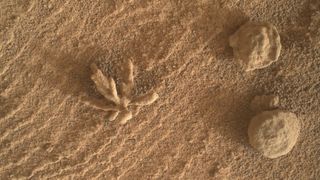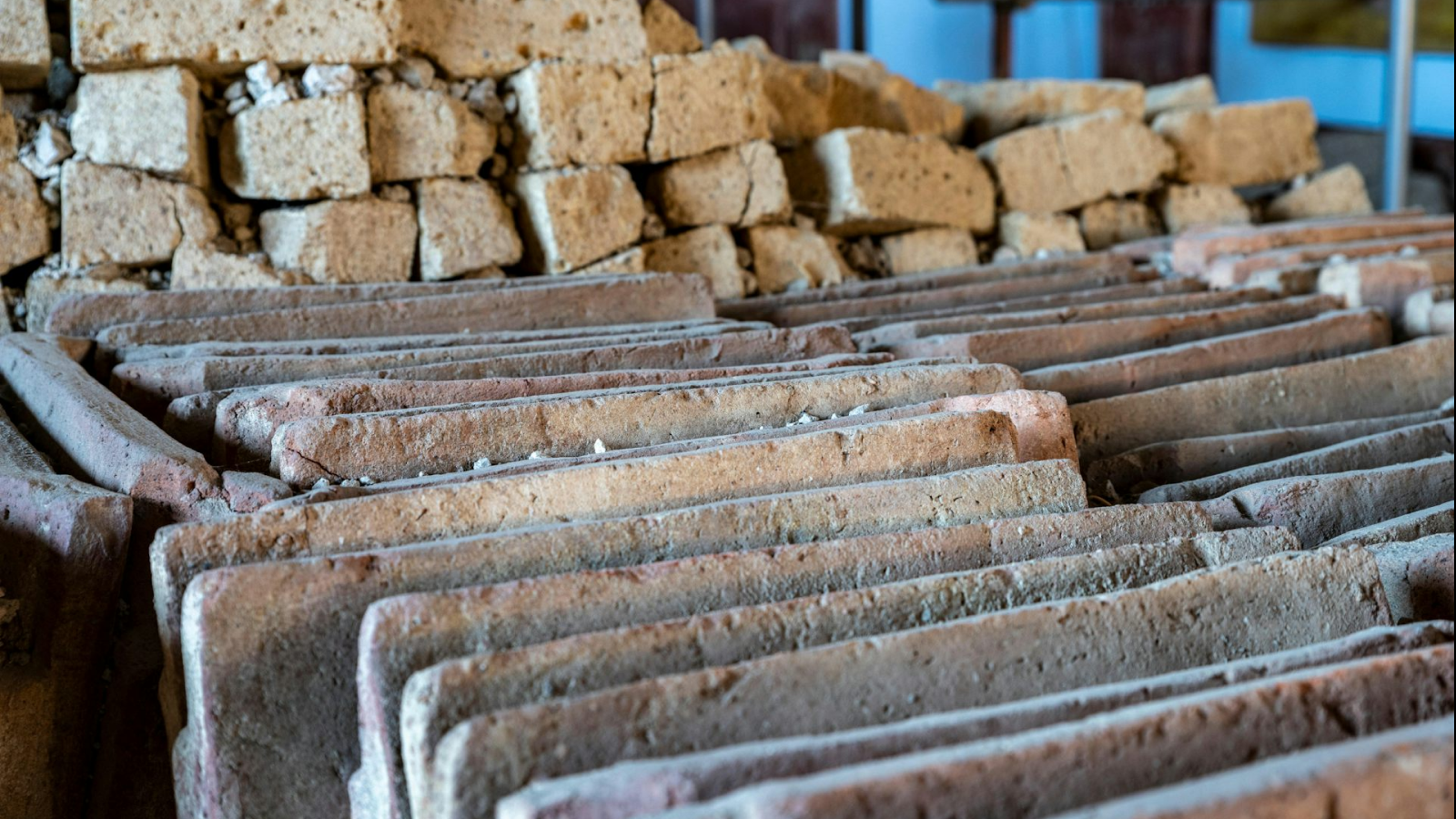
Stephanie Pappas
Stephanie Pappas is a contributing writer for Live Science, covering topics ranging from geoscience to archaeology to the human brain and behavior. She was previously a senior writer for Live Science but is now a freelancer based in Denver, Colorado, and regularly contributes to Scientific American and The Monitor, the monthly magazine of the American Psychological Association. Stephanie received a bachelor's degree in psychology from the University of South Carolina and a graduate certificate in science communication from the University of California, Santa Cruz.
Latest articles by Stephanie Pappas
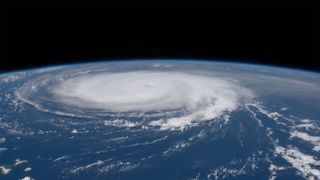
We may need a new 'Category 6' hurricane level for winds over 192 mph, study suggests
By Stephanie Pappas published
Scientists argue that adding a Category 6 to the hurricane scale will be needed as the climate changes.
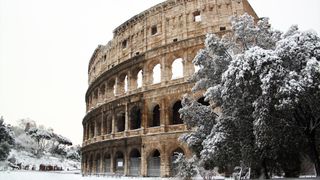
Devastating Roman-era plagues were ushered in by cold snaps, study finds
By Stephanie Pappas published
Periods of cold and severe plagues overlap in a new study of ancient Roman climate.

Seizures may be a cause of sudden unexplained child deaths
By Stephanie Pappas published
Footage from the nursery cameras of children who died of explained causes suggests that seizures are likely implicated in the tragedies.
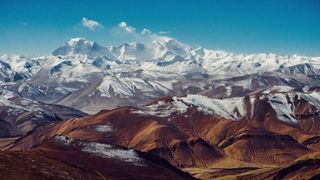
Massive tectonic collision causing Himalayas to grow may also be splitting Tibet apart
By Stephanie Pappas published
The Indian plate may be peeling into two as it slides under the Eurasian plate, tearing Tibet apart in the process.
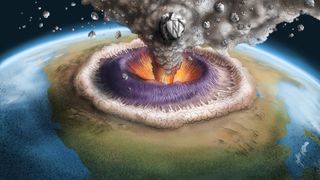
Fountains of diamonds that erupt from Earth's center are revealing the lost history of supercontinents
By Stephanie Pappas published
Feature Diamonds seem to reach Earth's surface in massive volcanic eruptions when supercontinents break up, and they form when continents come together.
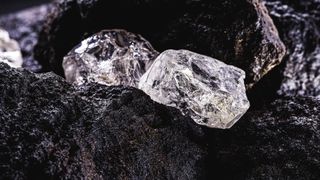
Listen to diamonds erupting from deep within Earth in striking animation
By Stephanie Pappas published
Diamonds erupt from the deep as supercontinents break up. Now you can listen to the "song" of these kimberlite eruptions.
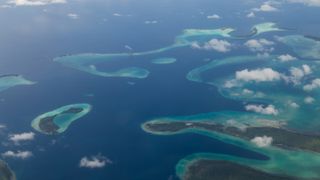
'Superstructure' bigger than Idaho has been growing on the seafloor by Fiji since the dinosaur age
By Stephanie Pappas published
Scientists pieced together the history of a huge Pacific plateau and found a complicated story.
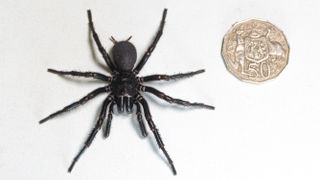
Deadly male funnel-web spider 'Hercules' breaks record as biggest ever discovered
By Stephanie Pappas published
"Hercules" the funnel-web spider is the largest male of the species ever found.
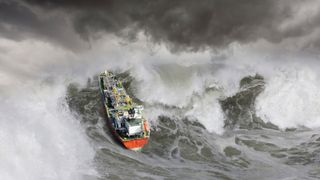
Tsunamis up to 90 feet high smash into New Zealand every 580 years, study finds
By Stephanie Pappas published
A new method of assessing tsunami risk in New Zealand finds that giant waves could hit the country's shores once every 500 years.

Rare clotting effect of early COVID shots finally explained — what could that mean for future vaccines?
By Stephanie Pappas published
Scientists have offered a new explanation for why COVID-19 vaccines that contained adenoviruses carried a rare-but-serious risk of blood clotting.

'Lightning-like energy bursts' could be used to track the 99% of space junk that can't be seen from Earth
By Stephanie Pappas published
Current methods of tracking space junk in Earth's orbit only follow objects bigger than a softball. A new technique could trace the 99% of junk that's smaller.

Vaccine for superbugs? New shot shows promise in early tests
By Stephanie Pappas published
A new vaccine, so far tested only in mice, broadly activates the immune system against a wide array of bacteria and fungi.
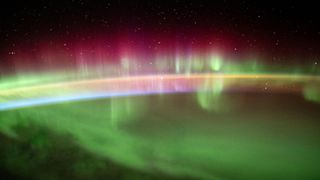
Solar storm from 1977 reveals how unprepared we are for the next 'big one'
By Stephanie Pappas published
New research finds that solar storms vary in strength over surprisingly short distances, and the current network of sensors may not be enough to properly prepare for future outbursts.
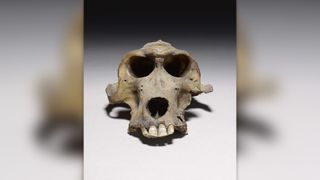
Baboon mummy DNA from ancient Egypt reveals location of mysterious port city not on any maps
By Stephanie Pappas published
A new DNA study suggests that the lost realm of Punt and the port city of Adulis may have been in the same place, separated by time.
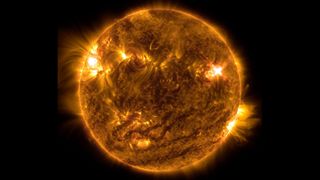
The sun may be smaller than we thought
By Stephanie Pappas published
New calculations suggest the sun is a few fractions of a percent smaller than previously estimated, and that could change how we study it.
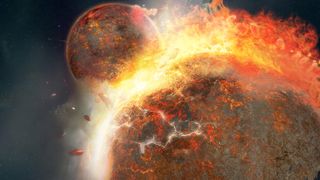
A 'protoplanet' that created the moon may be hiding deep inside Earth
By Stephanie Pappas published
Mystery blobs in Earth's mantle may be chunks of a Mars-sized space rock that crashed into our planet 4.5 billion years ago, scientists discover.
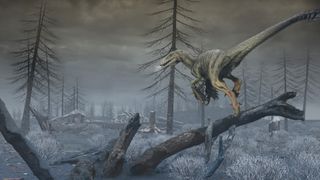
Dust from the dino-killing impact ushered in years of global darkness
By Stephanie Pappas published
The Chicxulub impact threw sulfur gas, soot and dust into the air. New research finds that the dust may have been the most devastating.
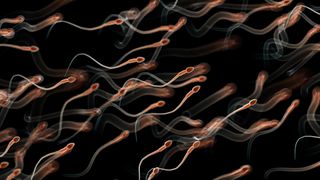
Scientists decode 'LEGO protein' that makes sperm swim
By Stephanie Pappas published
Scientists have decoded a protein from sea-urchin sperm that's also found in other animals, including humans, raising a new potential avenue for treating male infertility and developing male birth control.

Distorted crystals use 'pseudogravity' to bend light like black holes do
By Stephanie Pappas published
Researchers have used a special crystal to bend the trajectory of light like a black hole would, a phenomenon known as 'pseudogravity.'
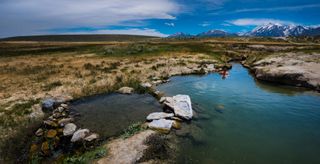
California's supervolcano has a massive lid that causes swarms of earthquakes — and that's a good thing, scientists say
By Stephanie Pappas published
A dormant supervolcano in California's Eastern Sierra Nevada mountains lets off the occasional earthquake swarm, but new evidence suggests it's simmering down.
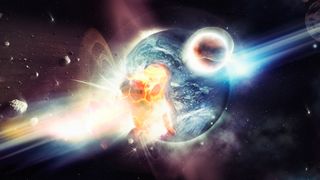
Mystery blobs in Earth's mantle may be linked to ancient gold and platinum that arrived from space
By Stephanie Pappas published
The gold and platinum that came from giant space rocks should have sunk into Earth's core instead of rising to the crust. Scientists have now worked out how this happened — and it may explain some really weird blobs deep in our planet's mantle.

Scientists finally solve mystery of why Europeans have less Neanderthal DNA than East Asians
By Stephanie Pappas published
Modern Europeans have a smaller proportion of Neanderthal genes in their genomes than East Asians do. New research suggests the reason lies at the feet of migrating early farmers.
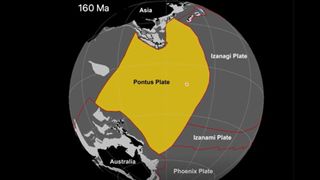
Scientists discover ghost of ancient mega-plate that disappeared 20 million years ago
By Stephanie Pappas published
A long-lost tectonic plate dubbed 'Pontus' that was a quarter of the size of the Pacific Ocean was discovered by chance by scientists studying ancient rocks in Borneo.
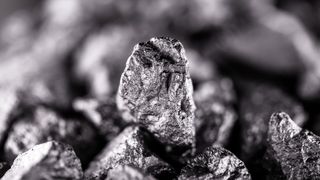
China discovers never-before-seen ore containing a highly valuable rare earth element
By Stephanie Pappas published
A new ore, dubbed niobobaotite, was discovered in Inner Mongolia's Bayan Obo deposit and contains the rare earth element niobium — a valuable metal that acts as a superconductor and could revolutionize battery technology.
Get the world’s most fascinating discoveries delivered straight to your inbox.
